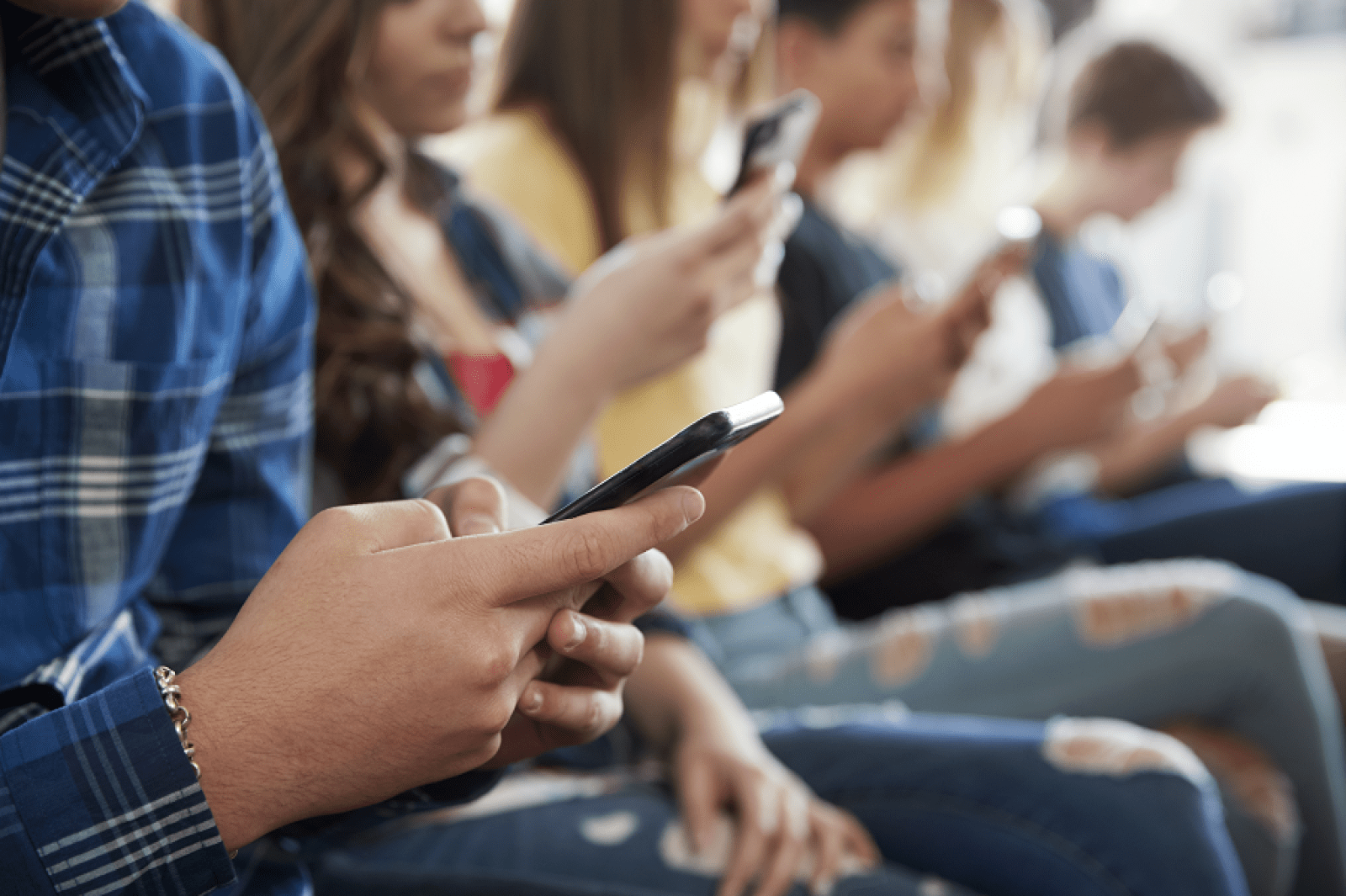How can we effectively communicate scientific ideas?
Learn to create social media posts that effectively communicate scientific ideas.

Overview
In this activity, students use criteria and a thinking strategy to create a social media post that effectively communicates scientific ideas. These thinking tools can be used by students to effectively communicate scientific ideas in multiple contexts. While this activity uses examples related to energy choices, other examples could be used to help nurture the competency of communication.
Instructions
What you'll need
- “Communicating scientific ideas” worksheet
- “Rating the effective communication of scientific ideas' worksheet
- “Creating effective communications" worksheet
- “Assessing my ability to effectively communicate scientific ideas” rubric
- Organize your students into groups and provide each student with a copy of the “Communicating scientific ideas” worksheet. Encourage your students to work together as they consider the three social media posts that communicate the effects of climate change on polar bear populations. Ask groups to make an initial decision: Which post do they feel is most effective in communicating scientific ideas? Ask groups to think about why they made their decision and note their reasoning.
- Encourage groups to share their decision and thinking with the class. Ask your students to suggest the qualities for effectively communicating scientific ideas. Together with your students co-create, or share, the following criteria:
Effective communication of scientific ideas:
- Matches the purpose
- Matches the audience
- Uses appropriate scientific language, conventions, and representations
- Is supported by accurate and relevant scientific knowledge and evidence
- Provide each student with a copy of the “Rating the effective communication of scientific ideas'' worksheet. Ask each group to revisit their initial decision and now apply the criteria to rate the effectiveness of each post. Has their initial decision changed or stayed the same? Encourage groups to suggest possible modifications that could be made to communicate the scientific information more effectively.
- Explain to your students that they are going to practice using the criteria by creating a social media post of their own to educate the students at their school. Provide each student with a copy of the “Creating effective communications” worksheet. This worksheet can be used by students for other contexts as well.
- Invite your students to consider the following topic: the environmental impacts of our daily energy choices. Instruct groups to select an energy choice to focus their post on – options might include: reducing vehicle use, clean home energy choices (solar, geothermal), driving an electric vehicle, buying local, waste recycling, reducing airline travel, etc.
- Invite your students to work collaboratively as they:
- Think about what they already know about the topic. You might prompt student thinking by asking:
- In what ways does this choice affect energy consumption?
- How does this choice directly or indirectly affect the environment?
- Think about what they need to learn about the topic. You might prompt student thinking by asking:
- Where might you look for more scientific information about the environmental impacts of your energy choice?
- Instruct groups to create a social media post that effectively communicates the environmental impacts of their selected energy choice and rate their post using the criteria for effectively communicating scientific ideas. If needed, students can revise their post to better meet the criteria. Encourage groups to share their posts with the class.
- Conclude this activity by inviting your students to suggest other contexts where these thinking tools, especially the criteria, might be useful.
Modify or extend this activity
Modification
At the end of Step 3, you might encourage your students to find real social media posts and use the criteria to rate how effectively they communicate scientific ideas
Extension
Consider using the social media posts created by your students to raise awareness of the environmental impacts of energy choices by posting them to the school’s social media platforms
Curriculum Fit
Science for Citizens 11
Curricular competency
Communicating
- Communicate scientific ideas and information, and perhaps a suggested course of action, for a specific purpose and audience, constructing evidence-based arguments and using appropriate scientific language, conventions, and representations.
Big idea
- Scientific understandings enables humans to respond and adapt to changes locally and globally.
Content
- Actions and decisions affecting the local and global environment, including those of First Peoples.
Assessments
Throughout the activity consider how well students:
- Contribute to respectful group discussion
- Use the criteria for effectively communicating scientific ideas
Guide students in using the “Assessing my ability to effectively communicate scientific ideas” rubric during the activity.
Teaching Notes
There are free templates available online for creating mock social media posts.








